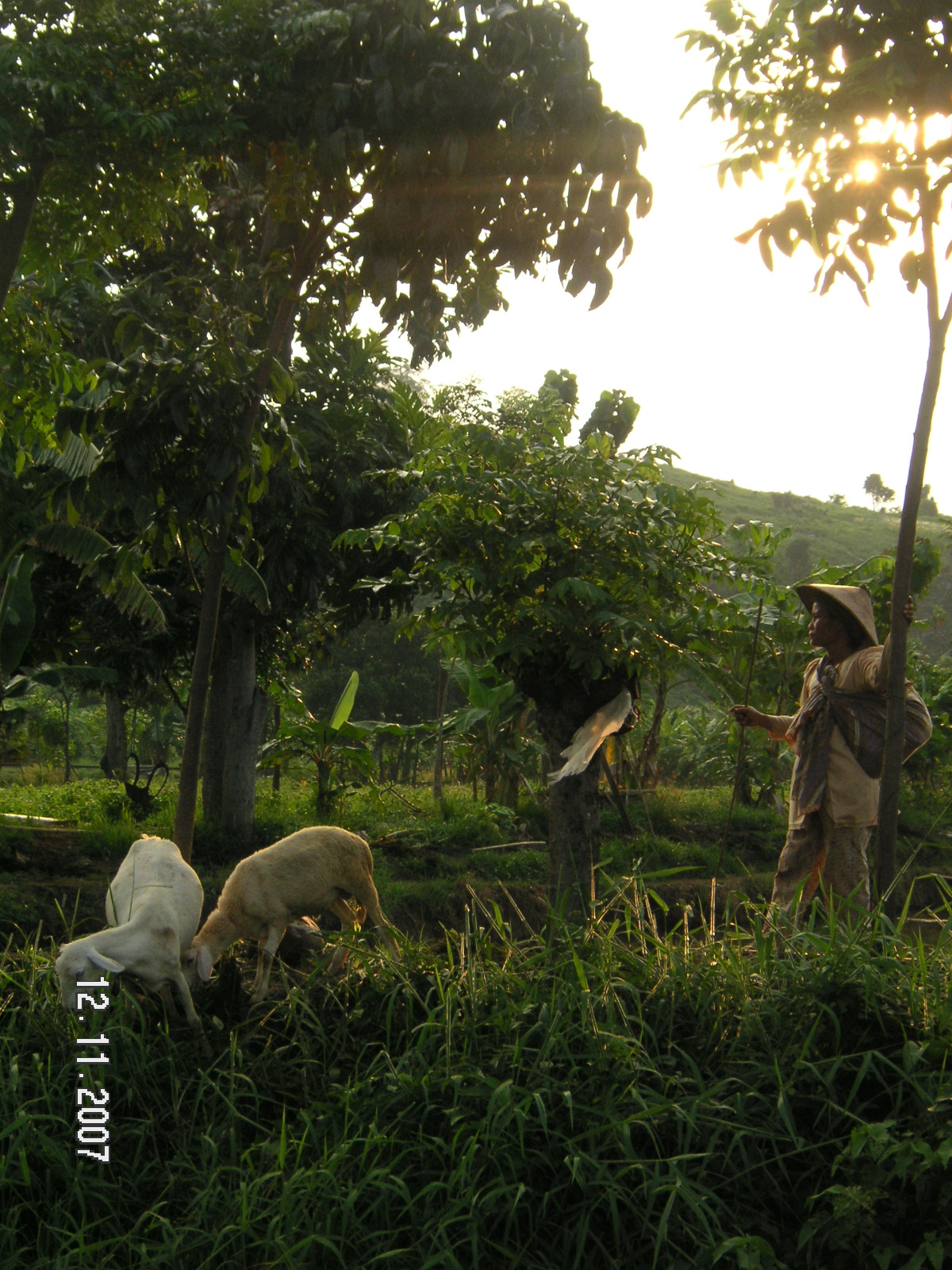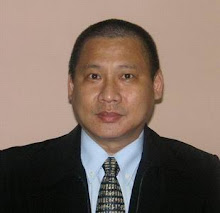
The human body was never meant to consume rice! You see, our genes havehardly changed in more than 30,000 years. However, our food choices andlifestyle have changed dramatically. The caveman would hardly recognize our food or way of life.
Caveman food was never cooked as fire was not yet tamed. Thus, he ate onlythose foods that you can eat without treatment with or by fire. He atefruits, vegetables, fish (sushi anyone?), eggs, nuts and meat. Yes, even meat. You can even eat meat raw if you were starving in the forest. Youhave the necessary enzymes to digest meat.
However, rice, like wheat and corn, cannot be eaten raw. It must be cooked.Even if you were starving in the desert, you cannot eat rice in the raw form. This is because we do not have the system of enzymes to break ricedown. You were never meant to eat rice. To make matters worse, you not onlyeat rice, but also make it the bulk of your food.
In some parts of Asia , rice forms up to 85% of the plate. Even if you take rice, keep it to a minimum. Remember, it is only for your tongue - not yourbody. Actually, rice and other grains like wheat and corn are actuallyworse than sugar. There are many reasons:
Rice becomes sugar - lots of it This is a fact that no nutritionist can deny: rice is chemically nodifferent from sugar. One bowl of cooked rice is the caloric equal of 10teaspoons of sugar. This does not matter whether it is white, brown or herbal rice. Brown rice is richer in fibre, some B vitamins and mineralsbut it is still the caloric equal of 10 teaspoons of sugar. To get the same10 teaspoons of sugar, you need to consume lots of kangkong - 10 bowls of it.
Rice is digested to become sugar. Rice cannot be digested before it is thoroughly cooked.
However, whenthoroughly cooked, it becomes sugar and spikes circulating blood sugarwithin half an hour - almost as quickly as it would if you took a sugar candy. Rice is very low in the 'rainbow of anti-oxidants'
This complete anti-oxidant rainbow is necessary for the effective and safeutilisation of sugar. Fruits come with a sugar called fructose. However, they are not empty calories as the fruit is packed with a whole host ofother nutrients that help its proper assimilation and digestion.
Rice has no fibre.The fibre of the kangkong fills you up long before your blood sugar spikes. This is because the fibre bulks and fills up your stomach. Since white ricehas no fibre, you end up eating lots of 'calorie dense' food before you getfilled up. Brown rice has more fibre but still the same amount of sugar.
Rice is tasteless -Sugar is sweet.
There is only so much that you can eat at one sitting. Howmany teaspoons of sugar can you eat before you feel like throwing up? Couldyou imagine eating 10 teaspoons of sugar in one seating?
Rice is always the main part of the meal - While sugar may fill yourdessert or sweeten your coffee, it will never be the main part of any meal.You could eat maybe two to three teaspoons of sugar at one meal. However, you could easily eat the equal value of two to three bowls (20 - 30teaspoons) of sugar in one meal. I am always amused when I see someone eatsometimes five bowls of rice (equals 50 teaspoons of sugar) and then asks for tea tarik kurang manis!
There is no real 'built in' mechanism for us to prevent overeating of rice.
How much kangkong can you eat? How much fried chicken can you eat? How muchsteamed fish can you eat? Think about that! In one seating, you cannot take lots of chicken, fish or cucumber, but you can take lots of rice. Eatingrice causes you to eat more salt.
As rice is tasteless, you tend to consume more salt - another villain whenit comes to high blood pressure. You tend to take more curry that has salt to help flavor rice. We also tend to consume more ketchup and soy saucewhich are also rich in salt.
Eating rice causes you to drink less water. The more rice you eat, the lesswater you will drink as there is no mechanism to prevent the overeating of rice. Rice, wheat and corn come hidden in our daily food. As rice istasteless, it tends to end up in other foods that substitute rice like riceflour, noodles and bread. We tend to eat the hidden forms which still get digested into sugar. Rice, even when cooked, is difficult to digest
Can't eat raw rice? Try eating rice half cooked. Contrary to popularbelief, rice is very difficult to digest. It is 'heavy stuff'. If you have problems with digestion, try skipping rice for a few days. You will beamazed at how the problem will just go away.
Rice prevents the absorption of several vitamins and minerals. Rice whentaken in bulk will reduce the absorption of vital nutrients like zinc, iron and the B vitamins.
Are you a rice addict? Going rice-less may not be easy but you can gorice-less. Eating less rice could be lot easier than you think. Here aresome strategies that you can pursue in your quest to eat less rice:
Eat less rice - Cut your rice by half.Barry Sears, author of the Zone Diet, advises 'eating rice like spice'.
Instead, increase your fruits and vegetables.
Take more lean meats and fish.
You can even take more eggs and nuts.
Have 'riceless' meals. Take no rice or wheat at say, breakfast.
Go for eggsinstead.
Go on 'riceless' days - Go 'western' once a week.
Take no rice and breads for one day every week.That can't be too difficult.
Appreciate the richness of your food.
Go fortaste, colors and smells.
Make eating a culinary delight. Enjoy your foodin the original flavors.
Avoid the salt shaker or ketchup. You will automatically eat less rice.
Eat your fruit dessert before (Yes! No printing error) your meals.
The fibre rich fruits will 'bulk up' in your stomach. Thus, you will eat less rice and more fruits




No comments:
Post a Comment